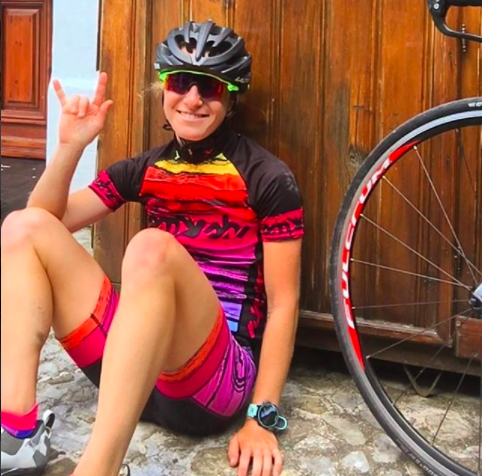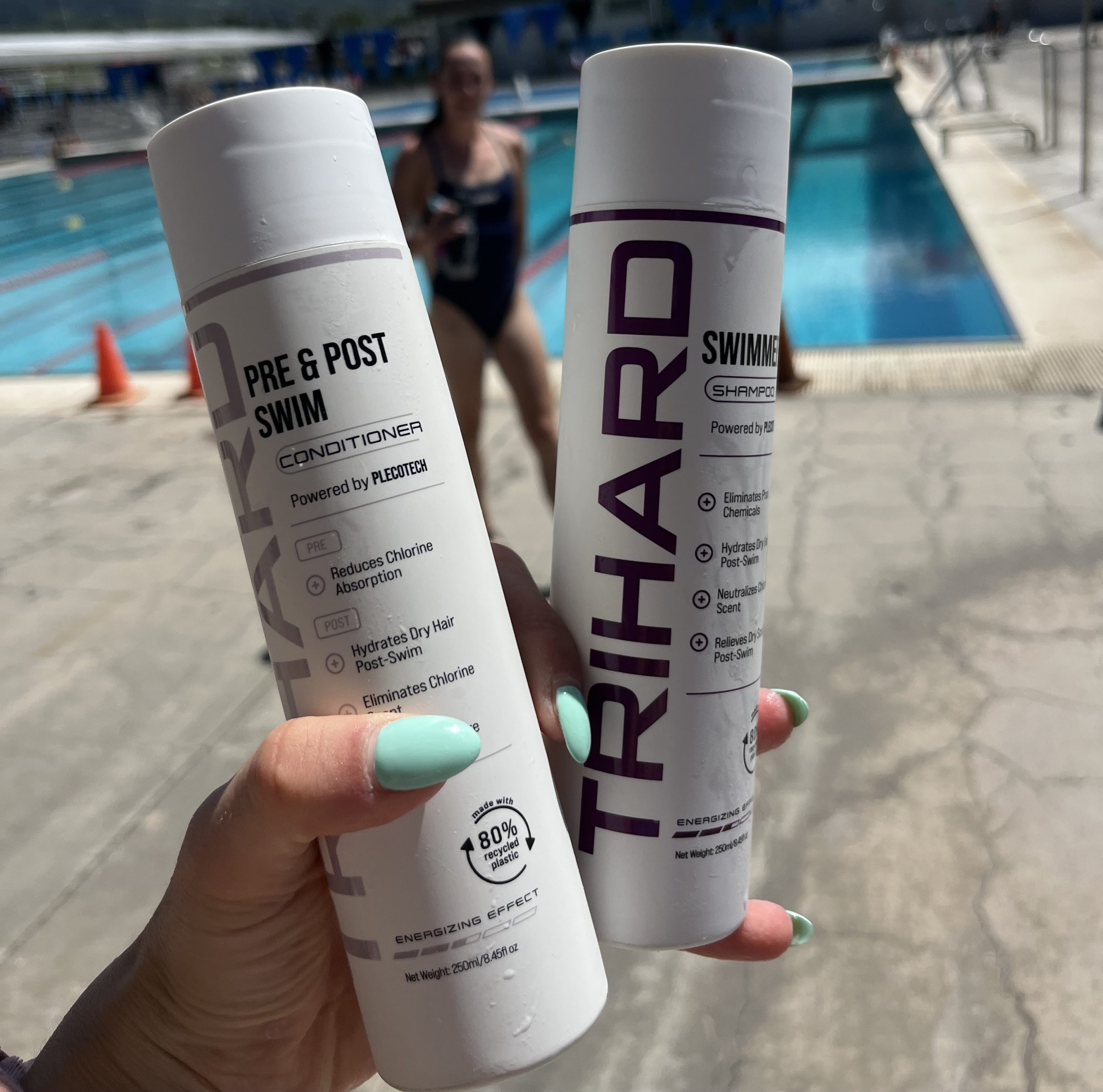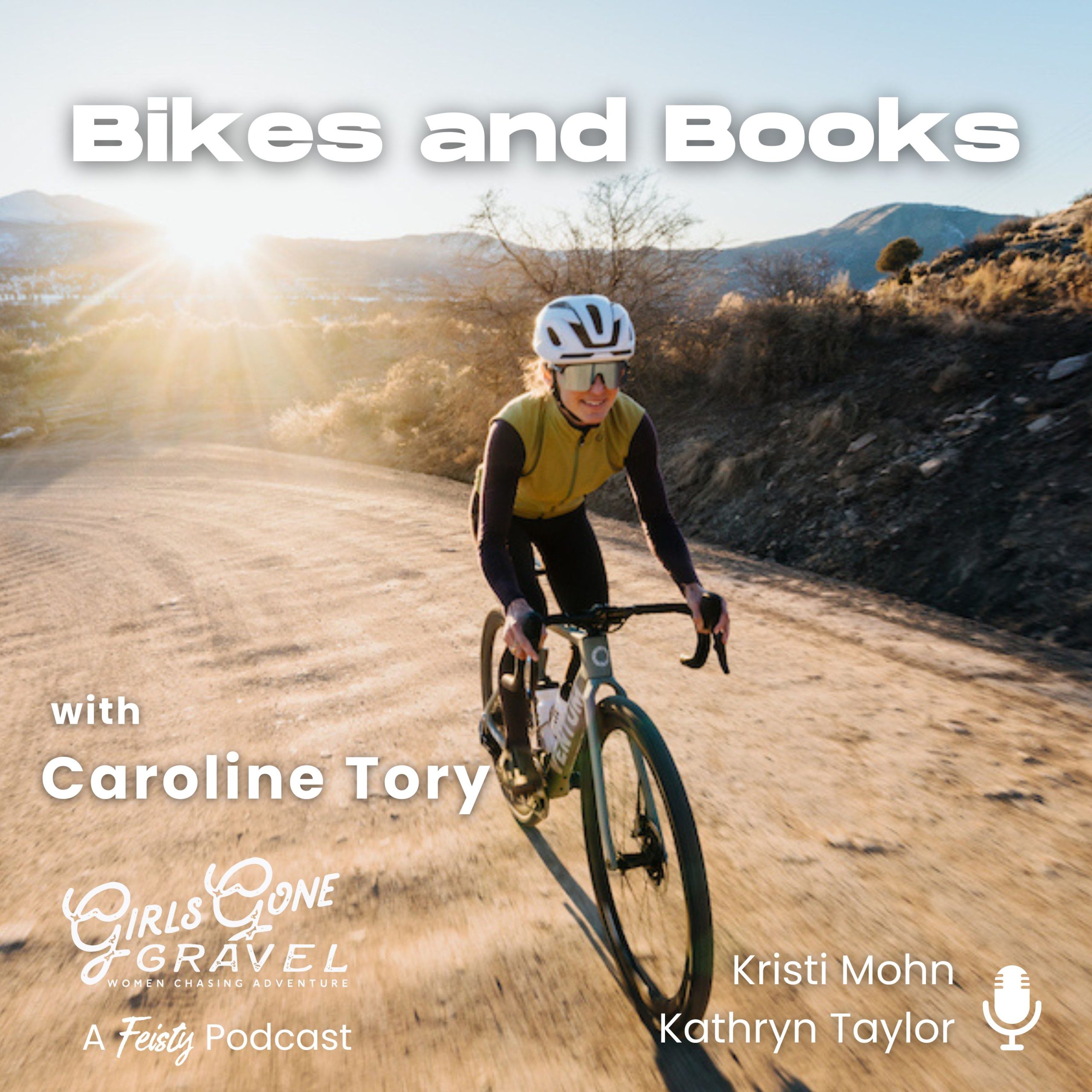February 26, 2018
Where are the Millennials?
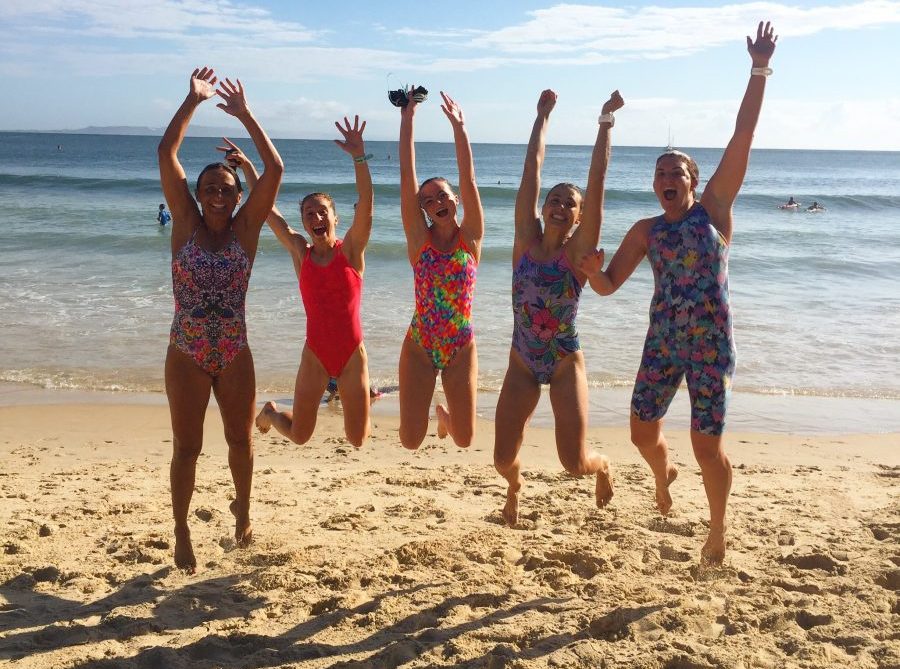
Where are the Millennials?
Danielle Audino explains why triathlon attracts so few millennials and offers solutions on how we can make change.
by Danielle Audino
It was seven am and I was just finishing a tough track workout, my first with a new group. An hour earlier, I had arrived unsure of who would attend and what the session would entail. Halfway through the warm up I realized there were some pretty serious runners in the squad and I spent the next hour hanging on. By the time we hit the last 400m repeat these strangers had become friends as we encouraged, pushed, and challenged each other to do – and be – our best.
As the session ended, I glanced around and couldn’t help but notice the look of pure exhaustion and satisfaction on everyone’s faces. It was dawn and we had already challenged our limits, questioned our abilities, and conquered our fears. I felt bonded with these athletes and connected to them by a shared goal. I also couldn’t help but notice that not one of them was under 35.
Triathlon seems to be missing something. Something it once had but has lost, a certain “excitement factor”.
As a 24-year-old long course triathlete I find myself in a unique position. I look around at my masters swim group and my triathlon team training sessions and I realize I am usually the youngest by at least 10 years. Most of my training partners are 40-year-old men, rather than recent college graduates. The majority of conversations after training revolve around mortgages, kids’ tuition, and stock prices- not exactly the most common topics amongst my mid-twenties peers. Over the past two years in this sport I have become acutely aware of how few millennials participate in triathlon.
Unfortunately, the current state of triathlon in the US makes it quite challenging for millennials to be active participants. In order to increase participation a few key factors need to be addressed. I believe the main barriers to entry for the younger millennial are cost, time needed to train, and, for lack of a better term, “excitement factor.”
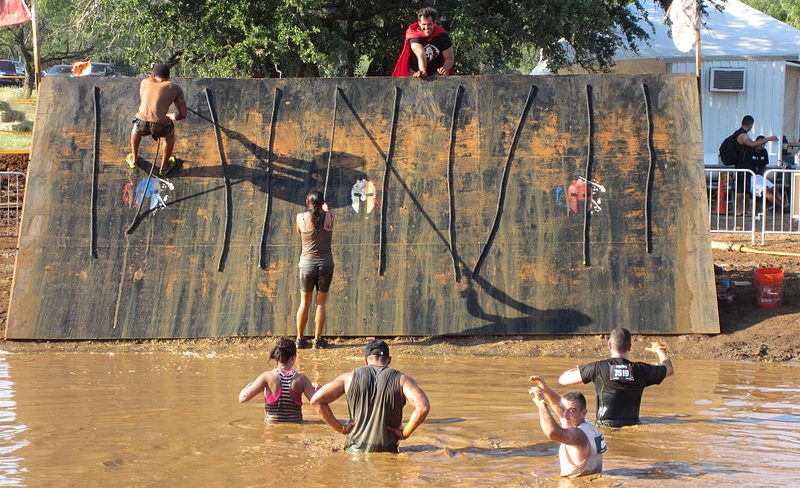
First, cost. It is no secret that triathlon is expensive. Between race registration fees, equipment, coaching dues, and gym memberships, it costs quite a bit to take part in this sport. As recent college graduates, most millennials are busy living pay check to pay check without much disposable income. By the time we pay off rent, food, utilities and student loans there is little left to spend on non-necessities, let alone a sport like triathlon that requires a separate closet for all of the gear.
Interestingly, triathlon is more popular with millennials in Australia than in the US. I think this is, in part, due to the higher wages paid for entry-level jobs down under. Last year I spent a few months training in Australia and was surprised to find many training partners my age. It was incredible to connect with fellow millennials in triathlon but it made me curious as to why the sport is more popular with this age demographic in Australia than in the United States. From purely anecdotal evidence I realized that the average salary for an entry level or minimum wage job is much higher there than at home.*
Most millennials I met in Australia working entry-level positions were making over $25 an hour. With only a slightly higher cost of living it began to make sense that more millennials can afford to be triathletes in Australia. In order for triathlon to gain popularity with millennials here in the United States we need to find a way to decrease the financial burden of the sport and make it less expensive to participate.
Many of the things that millennials are searching for, I have personally found through triathlon.
Second, time needed to train. With three different sports, triathlon requires quite a few hours of training. As recent college graduates, most millennials are busy jumpstarting careers and navigate life outside of school. We are adjusting to our new independence and struggle to find balance between work, socializing, and healthy living. There is often an “Ironman or bust” mentality in the United States when it comes to triathlon which inevitably increases the training demands. I have been fortunate to train in other countries such as South Africa and Australia, and easily found fellow millennial training partners. This, in large part, is due to the popularity of the other triathlon distances that require less training hours.
Many millennials choose group fitness classes where we can sweat it out with our friends, thus being social and keeping fit at the same time. I think many young professionals would rather spend forty-five minutes in an action-packed workout class than an hour in the pool staring at the black line by themselves. And, like the generation who have gone before us, fitness often takes a backseat to other priorities.
It seems to me that the majority of millennials in triathlon today are already passionate about pursuing their goals in this sport and willing to forgo other parts of their life to make training a priority. If we want to attract more millennials, and not just those who are hoping to pursue this sport at a competitive level, we need to help make training more accessible for time crunched participants.
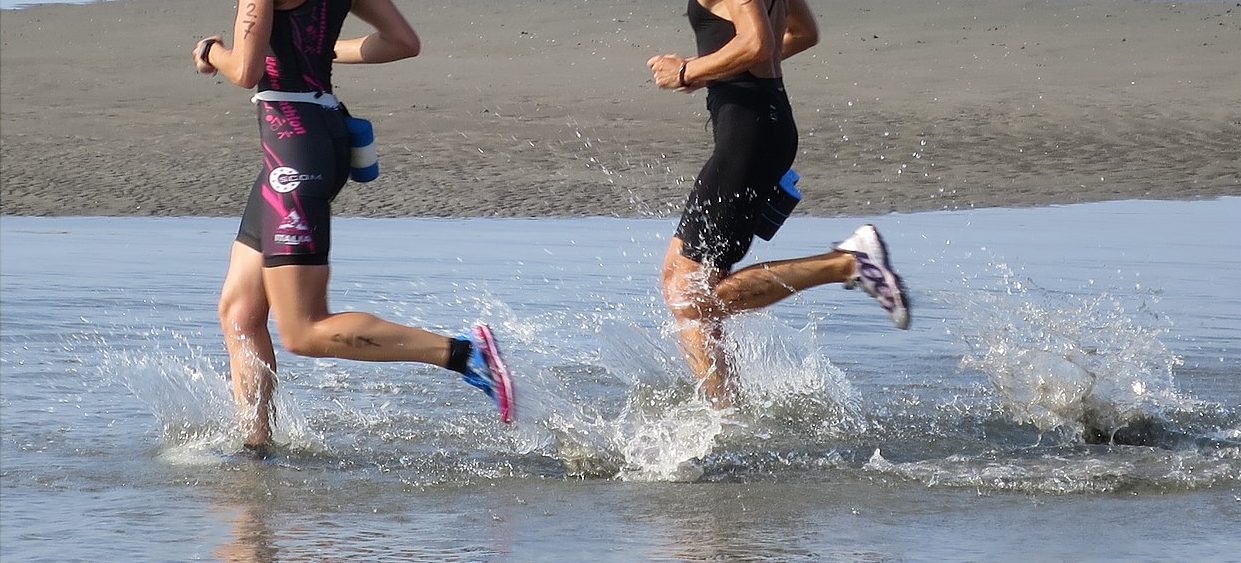
And lastly, triathlon seems to be missing something. Something it once had but has lost… a certain “excitement factor”. Millennials want to pay for experiences rather than spend money on a product. Millennials want to feel inspired, we want to go on adventures, we want to get out of our comfort zone. We like to try new things and expand our interests. Triathlon just doesn’t offer this anymore.
Courses rarely change from year to year and with rolling starts, flat bike rides, and uninspiring terrain, races have taken catering to the beginner to the extreme. I am not saying we need to make races dangerous or risky (we already have far too many bike accidents), but I do think that millennials are searching for unique experiences and something less “traditional” than the current offerings.
Despite these barriers, triathlon has immense potential to attract the millennial generation. Many of the things that millennials are searching for, I have personally found through triathlon. At the risk of making a sweeping generalization, I find that many of my friends and coworkers in their mid-twenties find themselves in a rut. We feel caught being new responsibilities and navigating real life. We struggle to jumpstart our careers while also having a work/life balance. We search for ways to connect with others and establish social ties to our local community. With triathlon, I have found solutions to many of these challenges.
I have only been involved in the sport of triathlon for two years but the experience has fundamentally changed who I am. Not only has triathlon cultivated a strong belief in myself, but it has also provided ties to my local community, a sense of purpose outside of work, new adventures, and an opportunity to develop strong relationships with others- all things that most millennials in today’s world are searching for.
Because of triathlon I have become a “go-getter” in my career. I have established a community of strong individuals who support each other both in triathlon and outside the sport as well. Triathlon has given me the opportunity to;
- focus my energy on bettering myself through striving towards personal achievement
- undertake the process of setting a big and scary goal
- wake up each day deciding to do the work required to achieve my goals.
For me, triathlon is about the process of getting to the start line rather than crossing the finish line. It’s about growing and evolving, about overcoming challenges, experiencing failures, and continually striving to do better and be better. If I do that each day in this sport, it makes it a whole lot easier to dream up big goals and strive towards them in other parts of my life too. Things that at the end of the day, matter a whole lot more than swimming, biking, and running.
Triathlon has the potential to attract the younger millennial generation. This sport offers answers to many of the wants and desires of recent college graduates. Triathlon keeps me grounded and focused when I feel lost in most other parts of my life. When I am struggling to pay rent, searching for a new job, or wishing I had a stronger sense of community, I get excited thinking about my next triathlon team training session. I think all millennials can appreciate this experience, but a few changes need to be made in order to see more 20-somethings at the races.
Those of us who are passionate enough to make the sacrifices are able to experience the benefits of this incredible sport and empowering community.
First and foremost, the cost to participate needs to be addressed. What if we create races where everyone races on a rental bike? Or if we could trade volunteer hours for race registration fees? We could create a “Gear Share” program for athletes to swap equipment throughout the season. We need to find ways to bring the costs down if we want more millennials on the start line.
Millennials want to connect with others. What if we created more relay-style triathlons? I think this would be an effective way to decrease the time needed to train, and encourage a sense of community in the sport. Rather than churning out more beginner-friendly races, team options would help introduce young people to the sport… and maybe the next year they will take on the whole race as an individual.
We could add an “Allcomers wave”. This wave would be open to all ages and genders and would give athletes the opportunity to start the race with friends and promote a more social atmosphere. What if we had meet-and-greets at races for the under-30s? Maybe we can host workouts at local schools to encourage students to participate. We need to do a better job of engaging millennials by promoting opportunities for them to connect with likeminded people.
Millennials want a unique experience. Many people my age are not interested in just one sport, but like to dabble in running, Crossfit, spartan races, obstacle courses, and multi-stage relays. This is where race directors can have a direct impact and create races in unique locations. Maybe mix up the format- what about a run-bike-swim? Or a swim-run-swim-run? What about partner races? What about a race with an off-road bike course, or a hike instead of the run? It’s no wonder the Escape from Alcatraz race sells out every year, they offer an experience athletes can’t find elsewhere. If we want to see an increase in millennial participation, we need to start thinking outside the box and offer unique events.
It’s true, triathlon can be a lonely and expensive sport. Lots of early mornings, solo miles, and equipment naturally attracts older and financially stable participants. But, it is not impossible to attract the millennial. Those of us who are passionate enough to make the sacrifices are able to experience the benefits of this incredible sport and empowering community. But, if we want to increase participation in the younger age groups we need to make a few changes to attract the time crunched, budget conscious, and experience driven participant. We need to get creative to decrease costs. We need to expand our communities and deepen our social ties. We need to take risks in marketing unique race experiences.
I don’t think this is anything that the industry leaders have not heard before but I think many are hesitant to deviate from the norm and make change. To attract more millennials, we need someone who is willing to rock the boat. We need someone willing to forgo maximizing profits in the short term. We need someone to take a risk. So, as a millennial, I am asking, who will be the first?
*editors note: The federal minimum wage in Australia is $18.29 vs $7.25 in the US.
About the Author
Danielle Audino is a soccer-player-turned-triathlete. She holds a degree in Economics from Whitman College and is currently working as a Runner Experience Specialist at Brooks Running. We feel lucky to have Danielle as part of the Feisty Team.


 Outspoken Women in Triathlon Summit Returns Bigger than Ever
Outspoken Women in Triathlon Summit Returns Bigger than Ever  Driving the Lamborghini: Productivity and the Power of Paper
Driving the Lamborghini: Productivity and the Power of Paper  5 take aways from the Compete Sports Diversity Summit
5 take aways from the Compete Sports Diversity Summit  Simple Tips to Hone Your Bike Handling Skills
Simple Tips to Hone Your Bike Handling Skills 